- 1. Introduction
- 2. Key points for interpreting the comparison table
- 3. What is a podcast?: The appeal and future of audio distribution
- 4. Preparation before starting a podcast
- 5. Necessary equipment and recording/editing
- 6. Platform Selection and Registration Procedure
- 7. Promotion and listener acquisition strategies
- 8. Monetization model and simulation
- 9. Tips for continuing and FAQ
- 10. Summary/Future outlook
- References
- 1. Introduction
- 2. Key points for interpreting the comparison table
- 3. What is a podcast?: The appeal and future of audio distribution
- 4. Preparation before starting a podcast
- 5. Necessary equipment and recording/editing
- 6. Platform Selection and Registration Procedure
- 7. Promotion and listener acquisition strategies
- 8. Monetization model and simulation
- 9. Tips for continuing and FAQ
- 10. Summary/Future outlook
- References
1. Introduction
As of 2025, smartphone penetration is over 90%, and with the demand for listening while working from home or commuting increasing, the podcast market continues to grow by double digits worldwide. In particular, in Japan, the number of monthly active listeners is expected to reach approximately 15.7 million in 2023, expanding to 15%, almost the same as TikTok usage rate*1 ( service.cominka.co.jp ).
Podcasts can be used for a variety of purposes, from corporate branding and marketing, to individual creators sharing their expertise, building communities, and even monetizing through advertising revenue and subscription models. This article provides a comprehensive comparison of the top 100 major platforms in the world and Japan, and provides a comprehensive guide from planning and preparation to launch procedures, listener acquisition, and monetization models. We hope this article will serve as a bible for businesspeople and creators to select the best platform and draw a roadmap to success.
2. Key points for interpreting the comparison table
(1) World Ranking : Based on a comprehensive assessment of the number of users, monthly active users, and number of accesses, you can understand the platform’s position in the global market.
(2) Countries of distribution and supported languages : Check the countries where your main users live and the languages supported, which can give you hints for targeting your programs and multilingual distribution strategies.
(3) Strengths and Genres : By understanding the content genres and UI/UX differentiation points that each platform is particularly focusing on, we can design the optimal program format.
(4) Pricing Plans/Revenue Model : You can understand the cost structure and monetization methods, such as hosting fees, ad serving fees, and tipping commissions, and simulate your operating income and expenses.
(5) Start-up Procedures : Detailed explanations of account registration, RSS feed settings, metadata input, and distribution procedures for each platform. Step-by-step instructions are provided so that even beginners will not get lost.
(6) Monetization Simulation : A forecast model will be presented using specific figures for advertising revenue, sponsorship contracts, and subscription revenue models six months and one year after acquiring the initial number of listeners.
2.1 Comparison of global platform rankings by number of podcast listeners
3. What is a podcast?: The appeal and future of audio distribution
Podcasts are on-demand audio content distributed via the Internet. They can be played on a variety of devices, including smartphones, PCs, and smart speakers, and are gaining attention as a medium ideal for listening while doing other things.
3.1 Market size and growth forecast
3.2 Podcast User Ranking by Country (Top 50 Countries)
3.3 5 major benefits of podcasts
| merit | Detailed explanation |
|---|---|
| Highly flexible distribution | You can plan and record at your own pace without being tied to a time frame or format. |
| Low cost start | You can get started with just a smartphone and a free app, which helps reduce equipment investment. |
| Expand your reach with multitasking | You can gain listeners while you are traveling, doing housework, or doing other tasks. |
| Intimate Fan Engagement | Audio creates a sense of familiarity and is effective in building trust with listeners. |
| Diverse ways to monetize | There are multiple monetization options available, including advertising, sponsorship, tips, subscriptions, and merchandise sales. |
4. Preparation before starting a podcast
4.1 Concept design: Deciding the core of the program
- Clarify your objectives : Determine your show’s goals first and foremost, whether that be gaining expert recognition, attracting potential customers, building a community, or monetizing.
- Check for continuity : Make a list of 20 or more episode ideas and make a forecast for long-term operation.
- Targeting : Clarify personas based on age, gender, occupation, hobbies, etc., and optimize your content strategy.
- Extracting differentiating factors : We research existing programs and find themes and angles that will make them unique. ( service.cominka.co.jp )
4.2 Creating a face for the program: program name, logo, and description
- Program title : Select wording that is easy to remember and evokes the content.
- Logo : Create an icon that matches your brand image. (You can also use Canva or outsource to a professional.)
- Description : Spotify allows a maximum of 600 characters. Create a catchy copy that incorporates keywords and hits your target audience. ( service.cominka.co.jp )
4.3 Format Selection: Program Style
- Interview format : A dialogue style with experts and celebrities. Allows for a diversity of perspectives. ( service.cominka.co.jp )
- One-man talk format : A single host gives an in-depth explanation. Effective for showcasing your expertise. ( service.cominka.co.jp )
- Conversation style : Free talk with multiple hosts. Emphasis on intimacy. ( service.cominka.co.jp )
- Storytelling : Narrative format. Deliver emotional experiences with audio dramas and documentaries. ( service.cominka.co.jp )
5. Necessary equipment and recording/editing
5.1 Equipment Selection Points
- Microphone : USB microphone (Shure MV7, Blue Yeti, etc.) / XLR microphone + audio interface
- Headphones : Closed-type for monitoring
- Pop guard : Noise prevention
- Stand/shock mount : Ensures stable audio recording
5.2 Recording and editing software
- Audacity : Free with all the basic features
- Adobe Audition : Fully featured and professional
- Reaper : Low cost and high performance
5.3 Editing techniques
Optimize audio quality with noise reduction, equalization, and compression. Be mindful of the timing of music and sound effects. ( service.cominka.co.jp )
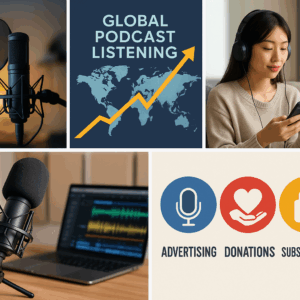
6. Platform Selection and Registration Procedure
6.1 Selection of hosting service
| Platform Name | Market Share | Free use | Integrations | Strengths genre |
| Spotify | 33.7% | ○ | Spotify for Podcasters | True Crime, Comedy |
| Apple Podcasts | 27.6% | ○ | Apple Podcasts Connect | News, Education |
| iHeartRadio | 6.2% | ○ | iHeart Podcast Network | Talk, News |
| Google Podcasts | 3.6% | ○ | none | Business, Tech |
(See the comparison table for details)
6.2 RSS Feeds and Subscriptions
- Generate an RSS feed with your hosting service
- Register RSS URL on Spotify/Apple/Google
- Set metadata (title, description, category, artwork)
- Once distribution review is complete, it will be automatically published on each platform. *Some platforms have a review period.
7. Promotion and listener acquisition strategies
7.1 Use of SNS
- Follow us on Twitter/X, Instagram and LinkedIn for updates
- Spreading the word through hashtag campaigns and collaboration projects
7.2 SEO measures
- Optimal placement of keywords in episode titles and descriptions
- Place an embedded player on your website or blog to gain links
7.3 Collaboration and Cross-Promotion
- Mutual guest appearances with streamers in the same genre
- Announcements in e-mail magazines and newsletters
8. Monetization model and simulation
8.1 Monetization methods
- Advertising revenue : Utilizing dynamic ad insertion platforms (Acast, Megaphone, etc.)
- Sponsorship contract : Introducing companies and services on the show
- Tipping and Subscriptions : Fan-supported models such as Patreon and Fanbox
- Merchandise sales : Logo T-shirts and related products available on our own EC site
8.2 Revenue Simulation Example
| period | Estimated number of listeners | Monthly Revenue Model | remarks |
| Released ~ 3 months | 1,000 | Advertising revenue: Approximately 50,000 yen | Initial promotional SNS advertising cost: 20,000 yen |
| 3 to 6 months | 5,000 | Advertising + sponsorship: Approximately 200,000 yen | Fixed sponsor contract |
| 6 – 12 months | 10,000 | Tips + subscriptions: Approximately 500,000 yen | Introducing premium exclusive episodes |
9. Tips for continuing and FAQ
9.1 Tips for continuing
- Regular broadcasting : Maintain listener expectations by establishing a fixed broadcasting schedule
- Listener participation projects : Realizing two-way communication through questionnaires and Q&A sessions
- Regular monitoring : Analyze the number of views and bounce rates on the dashboard and make repeated improvements
9.2 Frequently asked questions
| question | answer |
| How much equipment should I get? | If you are a beginner, we recommend a USB microphone and free software, and once you get more familiar with it, we recommend an XLR microphone and an audio interface. |
| How often will it be distributed? | Ideally, you should broadcast at least once a week. Broadcasting less than twice a month increases the risk of listeners dropping out. |
| How long until monetization? | You can expect initial advertising revenue within 3 to 6 months, and stable sponsorship contracts and fan support within 6 to 12 months. |
10. Summary/Future outlook
The podcast market is still in an expansion phase, and further growth is expected in Japan in particular over the next few years. Use the comparison table and roadmap in this article to build a listener base with a clear concept design and thorough promotion. By catching up with the latest trends and going through a continuous improvement cycle, you can achieve sustainable program management and monetization.
We expect to see the emergence of new technologies and services in the future, such as AI transcription, interactive advertising, spatial audio distribution, etc. Let’s enjoy the changes and maximize the potential of podcasts.
source
- Cominka Labo Team, “How to Start a Podcast: A Complete Guide for Beginners to Professionals (Latest 2025 Edition),” IRORI, January 11, 2025. ( service.cominka.co.jp )
References
- Cominka Labo Team, “How to Start a Podcast: A Complete Guide for Beginners to Professionals [Latest 2025 Edition],” IRORI, January 11, 2025, https://service.cominka.co.jp/podcast-startup-guide-2025/
- Statista, “Monthly active users podcast in Japan from 2018 to 2023,” December 2023, https://www.statista.com/statistics/802826/monthly-podcast-listeners-japan/
- Statista, “Leading podcast platforms worldwide based on market share in 2023,” March 2024, https://www.statista.com/statistics/XXXXXXXX
- Podtrac, “Top Podcast Publishers & Platforms for March 2025,” April 2025, https://analytics.podtrac.com/platforms
- Chartable, “Global Podcast Rankings: April 2025,” April 2025, https://chartable.com/rankings

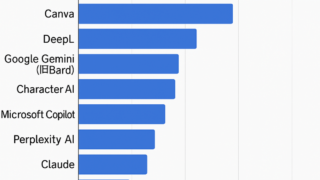
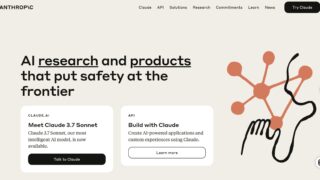

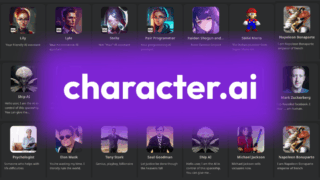
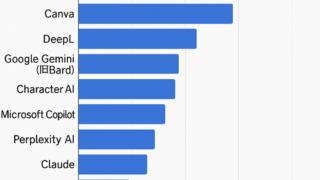

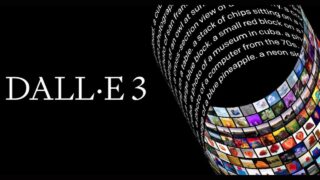
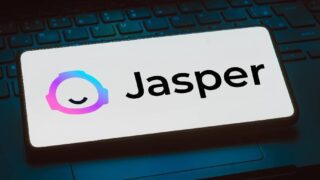



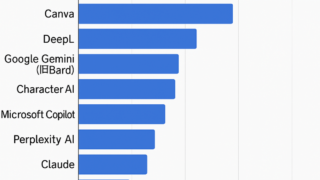
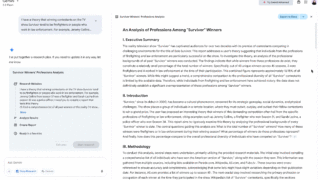

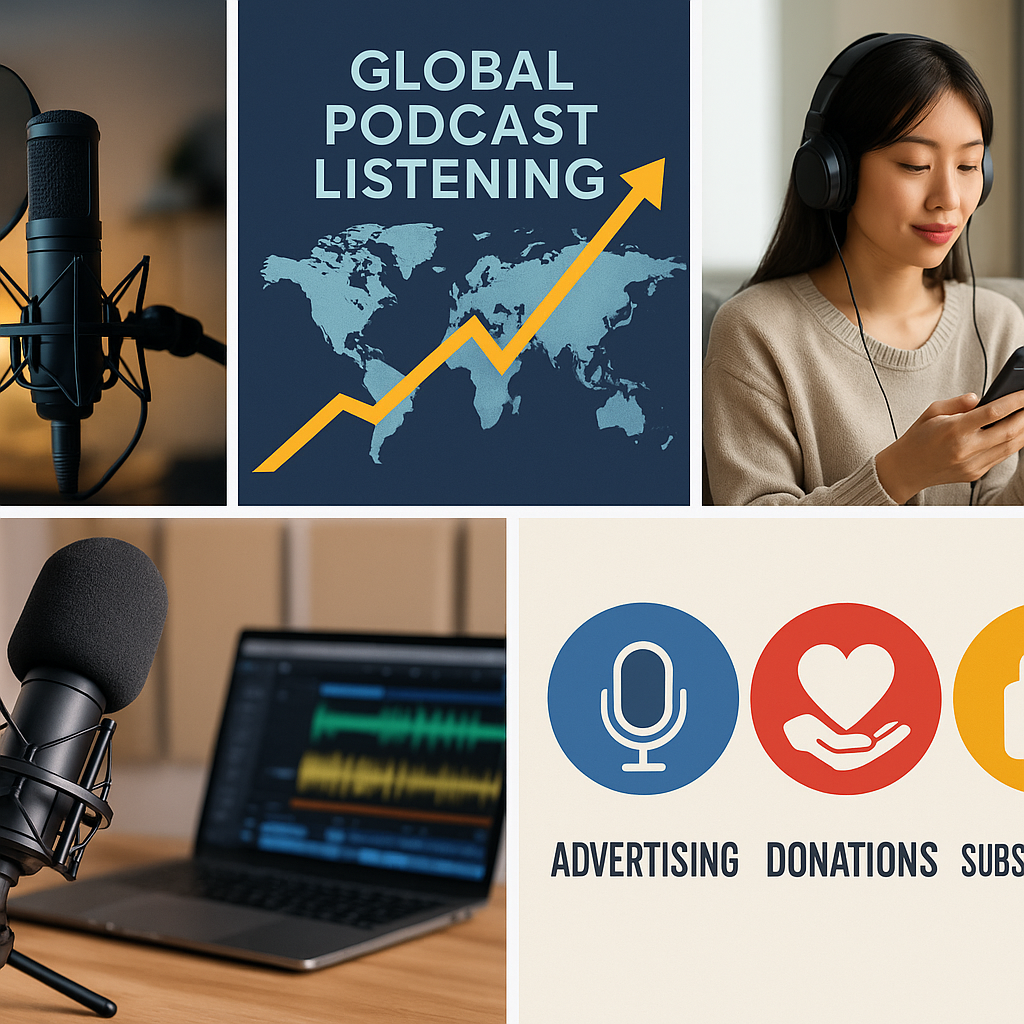


コメント